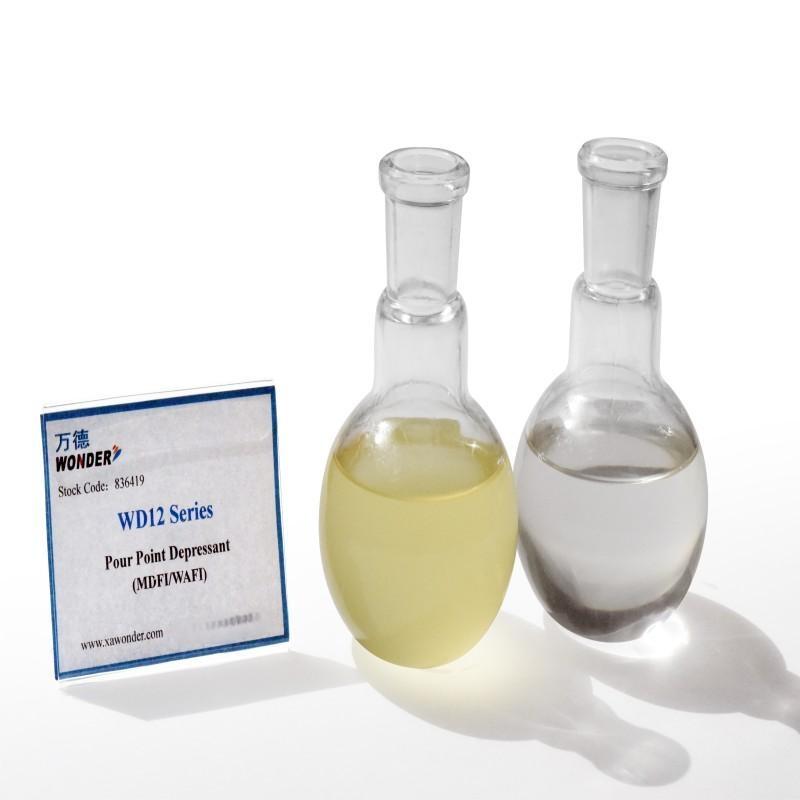-
Categories
-
Pharmaceutical Intermediates
-
Active Pharmaceutical Ingredients
-
Food Additives
- Industrial Coatings
- Agrochemicals
- Dyes and Pigments
- Surfactant
- Flavors and Fragrances
- Chemical Reagents
- Catalyst and Auxiliary
- Natural Products
- Inorganic Chemistry
-
Organic Chemistry
-
Biochemical Engineering
- Analytical Chemistry
-
Cosmetic Ingredient
- Water Treatment Chemical
-
Pharmaceutical Intermediates
Promotion
ECHEMI Mall
Wholesale
Weekly Price
Exhibition
News
-
Trade Service
U.
S.
crude inventories plunged 12.
58 million barrels last week, the biggest weekly decline since June 2019
, according to data released by the U.
S.
Energy Information Administration (EIA).
Echoing this, U.
S.
crude and refined product exports hit record highs
.
Oil prices increased
more during the day.
The specific data is as follows:
U.
S.
EIA crude inventories fell by 12.
581 million barrels in the week of Nov.
25, compared with an expected decrease of 3.
123 million barrels versus a decrease of 3.
69 million barrels
in the previous month.
U.
S.
crude inventories in the Cushing region of the EIA fell by 415,000 barrels in the week of November 25, compared with a decrease of 887,000 barrels
in the previous month.
U.
S.
EIA gasoline inventories rose by 2.
77 million barrels in the week of Nov.
25, versus an expected increase of 2.
25 million barrels, compared with a 3.
058 million barrel
increase in the previous month.
U.
S.
EIA refined oil inventories rose by 3.
547 million barrels in the week of Nov.
25, compared with an expected increase of 1.
492 million barrels, compared with an increase of 1.
718 million barrels
in the previous month.
U.
S.
EIA refinery equipment utilization for the week of Nov.
25 changed 1.
3% versus 0.
45% expected vs.
1%
prior.
If you include the 1.
4 million barrel reduction in the US Strategic Crude Oil Reserve (SPR), this means that the total US crude oil inventory has fallen by 14 million barrels
.
The latest EIA data is in line with
the trend of inventory data published by API yesterday.
API data showed that crude inventories unexpectedly plunged by 7.
85 million barrels last week, well above expectations of a decline of 2.
49 million barrels and the biggest drop since April
.
API data for gasoline inventories and refined oil inventories also increased
week-to-week.
U.
S.
crude and refined product exports reached a record high of 3.
8 million b/d
.
As the number of crude oil rigs continued to increase, U.
S.
crude oil production rebounded to 12.
1 million b/d
last week.
U.
S.
refiners increased capacity for the fifth consecutive week to 95.
2%, the highest level
since August 2019.
After the EIA data was released, WTI crude oil futures rose $0.
44 in the short term, reaching a maximum of $80.
95 per barrel, extending the overall intraday gain to 3.
44%.
Recently, the crude oil market has had major events
such as the OPEC+ meeting and the European Union's price cap on Russian oil.
The OPEC+ meeting will take place
on December 4.
EU restrictions on Russia are expected to take effect
on December 5.
The latest news on Wednesday showed that key EU members were considering capping the price of Russian oil exports at $
60 a barrel in order to gain more support from EU member states and the G7.
This is lower than previously reported in the media that the proposed price cap of $65-70 per barrel was reported
.
All along, divisions within the EU have been deep-rooted, and it has been impossible to agree on
a price cap on Russian oil.
At the heart of the EU's disagreement is how strict
the price cap on Russian crude should be.
The news about the OPEC+ meeting on the output decision is even more overwhelming
.
On Monday, the media said that OPEC+ may consider cutting production in response to market weakness; But other media mentioned on Tuesday that OPEC+ may keep output unchanged at this
weekend's meeting.







